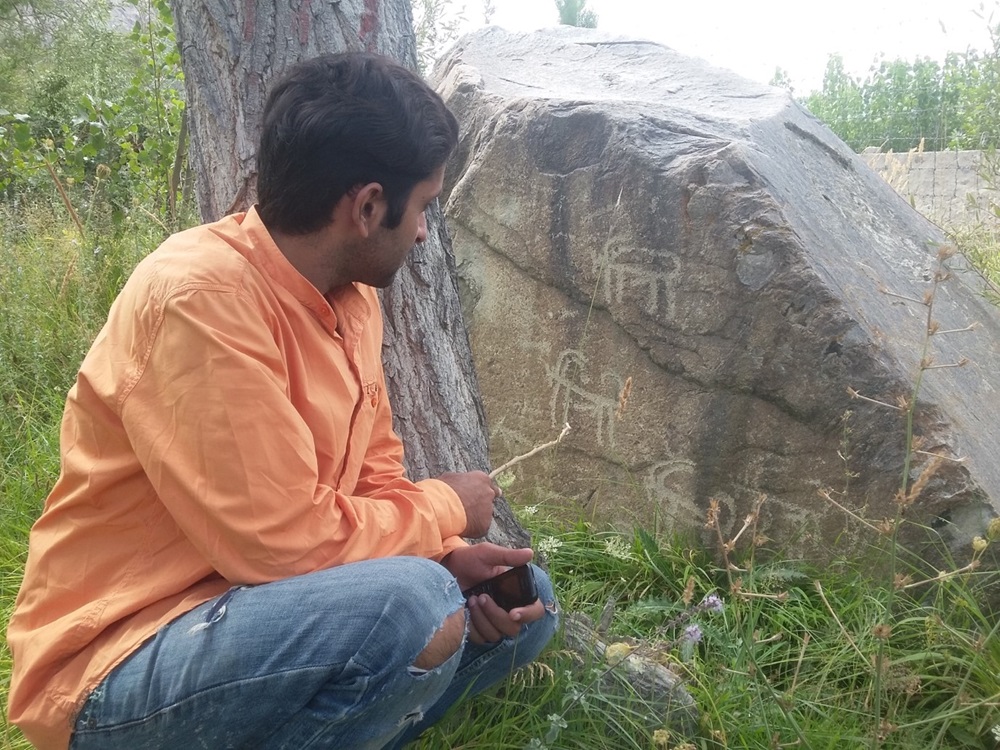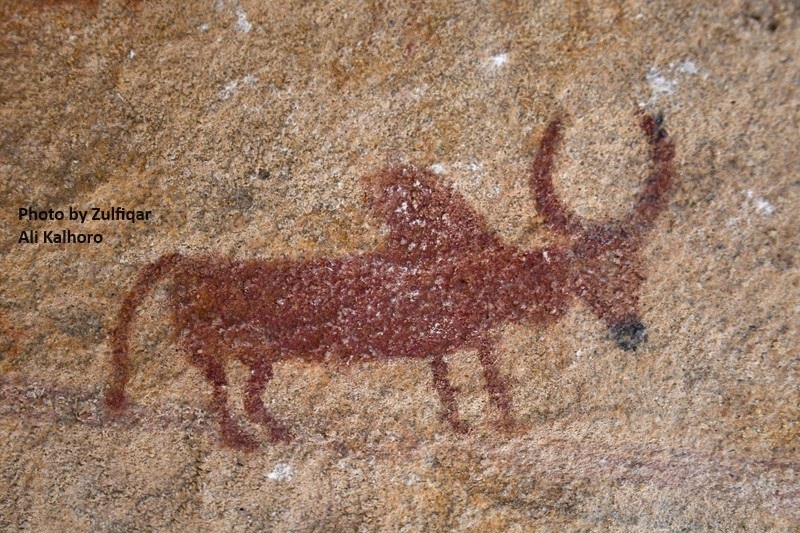
Written by: Sirat Gohar Daudpoto
Posted on: August 08, 2024 |  | 中文
| 中文
Ancient City of Bazira in Barikot, Swat, Khyber Pakhtunkhwa.
Any ancient object, site or symbol that is associated with Buddhism, and its exploration and study in Pakistan can be called as Pakistan’s Buddhist Archaeology. It is not just the cultural material but institutions, professionals and people involved in the exploration and study of archaeological remains related to Buddhism, are an integral part of the Buddhist archaeology in Pakistan. Generally, it covers both the cultural material and professional aspects. But the Buddhist archaeology in Pakistan as a discipline and practice completely relies upon the archaeological record, which includes objects, structures, monuments, symbols and more. Such remains are found all across the country, from Sindh to Gilgit Baltistan.
The history of Buddhism in Pakistan goes back to the times of historic Buddha, Siddartha Gautama (c. 563–c. 483 BCE. It was during Buddha’s life that Buddhism was introduced to the people of this region. It is said with certainty because we know that Buddha delivered his first sermon at Sarnath, located at the junction of routes connecting northern India to southern and eastern regions and western countries. Pakistan is located at a junction, as one of those routes that joins the Indo-Pakistani subcontinent with Central Asia. In this regard special mention should be made of Gandhara, the ancient name of the north-western region of Pakistan and south-eastern Afghanistan. It can be said that Buddhism came to Gandhara in Pakistan via Uttarapatha (northern road) in the life of Siddartha Gautama, and from Gandhara it spread to different areas like Punjab, Sindh, Balochistan, Gilgit-Baltistan and Kashmir.

Rock art, a boulder with carving in a city park in Skardu, Gilgit-Baltistan (Photo by Ali Raza Mugheri)
Every area of the country has its distinct Buddhist archaeological landscape. For example, the Khyber Pakhtunkhwa and Punjab provinces of Pakistan are known particularly for the monuments of Buddhism, whereas Gilgit-Baltistan contain a big amount of rock art spaces. On the other hand, in the Sindh province, the representation of Buddhism is widespread in rock art form, as compared to the monuments. In Balochistan, particularly in Khuzdar and Jhal Magsi, the presence of Buddhist rock art sites is mentioned by the local scholars. This regional diversity is one of the significant characteristics of the Buddhist heritage of Pakistan. However, another equally important aspect of the Buddhist archaeology of Pakistan is the diversity of monuments, sites and symbols. Speaking of monuments, one cannot help mention the stupas and monasteries that were mostly built in places away from the settlements. Several urban settlements have been discovered where Buddhist religious spaces are located, showing that the religion was completely embedded in the landscape and the social fabric of the country in ancient times. And the rock art representations are also varied there are representation in the form of architectural and artistic symbols, and there are depictions in epigraphic records.

Bull or Zebu Image at Tharia Rock Shelter in Khuzdar's Pallimas, Balochistan (Photo by Zulfiqar Ali Kalhoro)
The Pakistani archaeology departments, museums and foreign archaeological missions, as well as foreign researchers, have been working in this field for many years. And thanks to their untiring efforts, the Buddhist archaeology in Pakistan has matured, as several digs at Buddhist sites are conducted every year and the amount of research on Buddhism and Buddhist heritage of Pakistan is growing. Furthermore, the cultural institutions and organizations of the country (both public and private) are striving for the documentation and preservation of knowledge about the Buddhist heritage of Pakistan. Especially, the role of museums in this regard is central, as all the archaeological museums of the country acquire, preserve and exhibit Pakistan’s Buddhist legacy. Thanks to the contributions made by the country’s archaeological and cultural institution, local researchers as well as contributions from foreign institutions and scholars, a complete picture of the history of Buddhism in Pakistan can be made.
Overall, it can be said that the history of Buddhism in Pakistan is as old as Gautama Buddha, however, the archaeological timeline of Buddhism in Pakistan can be made starting from the 3rd century BCE, to the 8th-10th century CE, because no material evidence of Buddhism earlier than the 3rd century BCE has been found so far. The earliest records associated with Buddhism are Ashokan edicts written in Kharoshti (an ancient script of Pakistan), and the Dharmarajika Stupa in Taxila, which was built by him to entomb the relics of Gautama Buddha. From the 3rd century BCE onwards till the 9th-10th century CE, we have a chronological record of Buddhist archaeology in Pakistan.
You may also like: